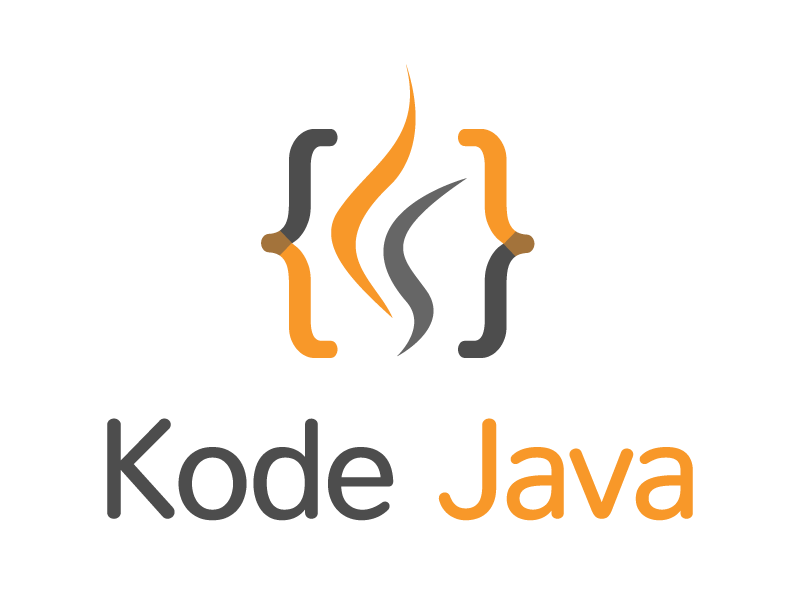The example below show you to remove some elements of the StringBuffer. We can use the delete(int start, int end) method call to remove some characters from the specified start index to end end index. We can also remove a character at the specified index using the deleteCharAt(int index) method call.
package org.kodejava.lang;
public class StringBufferDelete {
public static void main(String[] args) {
String text = "Learn Java by Examples";
// Creates a new instance of StringBuffer and initialize
// it with some text.
StringBuffer buffer = new StringBuffer(text);
System.out.println("Original text = " + buffer);
// We'll remove a sub string from this StringBuffer starting
// from the first character to the 10th character.
buffer.delete(0, 10);
System.out.println("After deletion = " + buffer);
// Removes a char at a specified index from the StringBuffer.
// In the example below we remove the last character.
buffer.deleteCharAt(buffer.length() - 1);
System.out.println("Final result = " + buffer);
}
}
Output of the program is:
Original text = Learn Java by Examples
After deletion = by Examples
Final result = by Example
Latest posts by Wayan (see all)
- How do I create a servlet filter to make secure cookies? - April 18, 2024
- How do I configure secure cookies using web.xml? - April 18, 2024
- How do I create a table with multiple header in iText 8? - March 16, 2024
